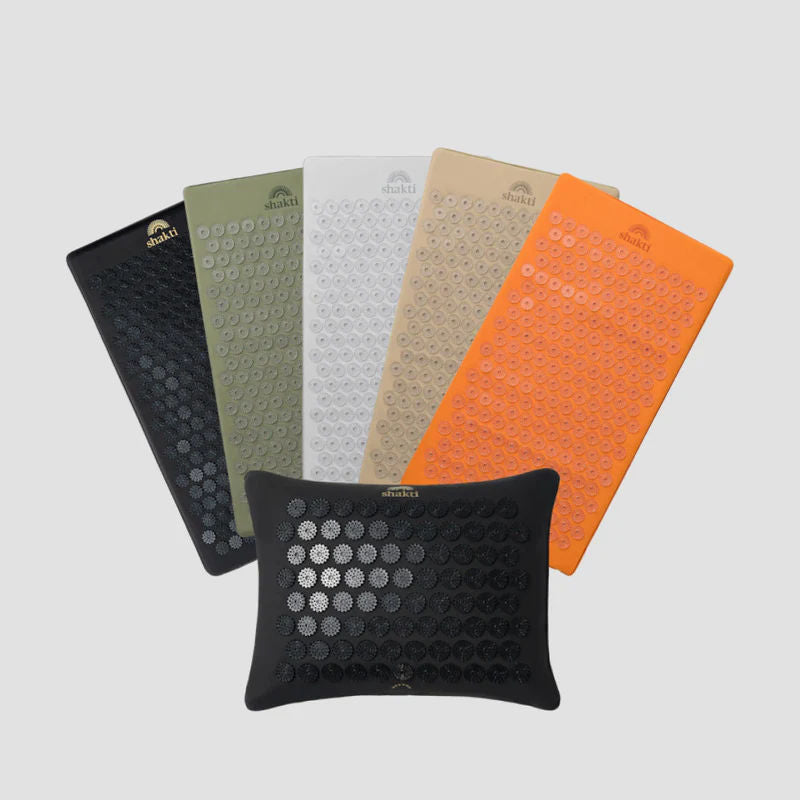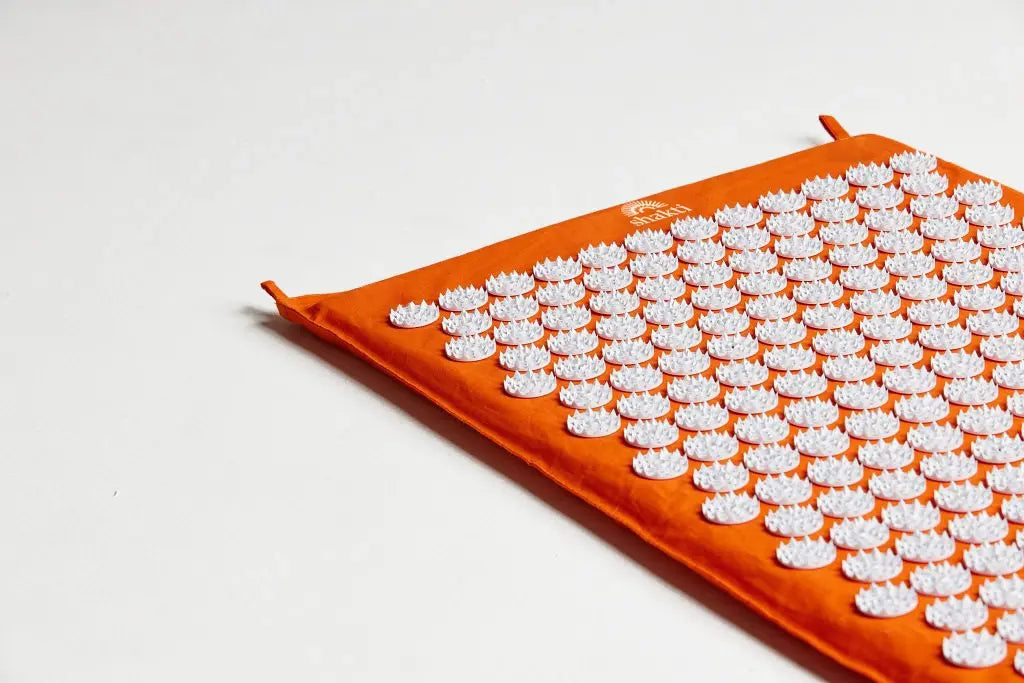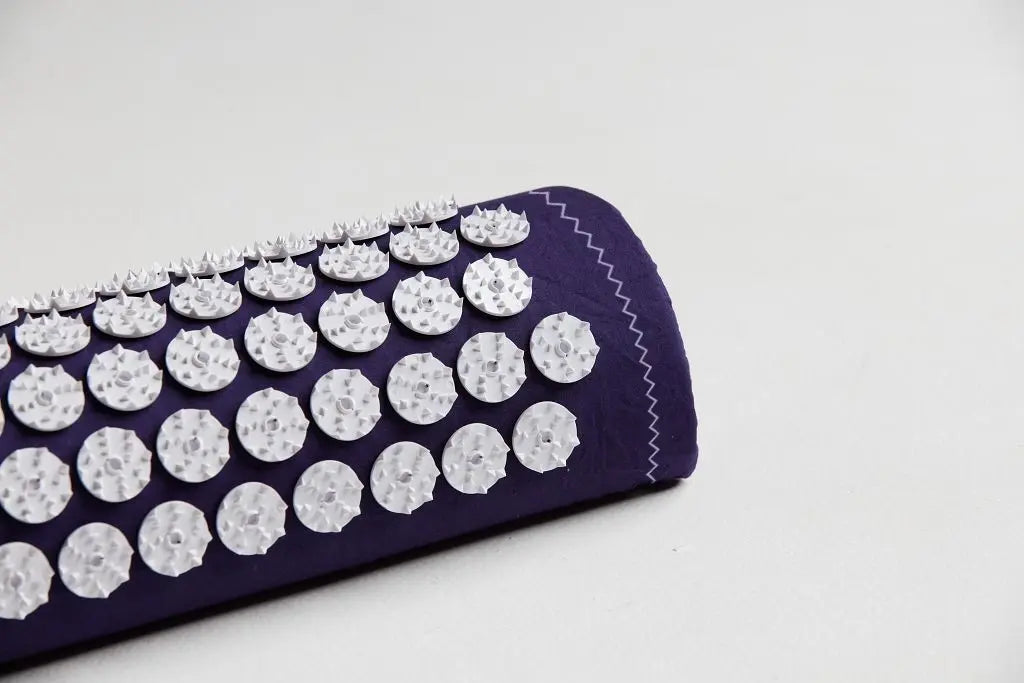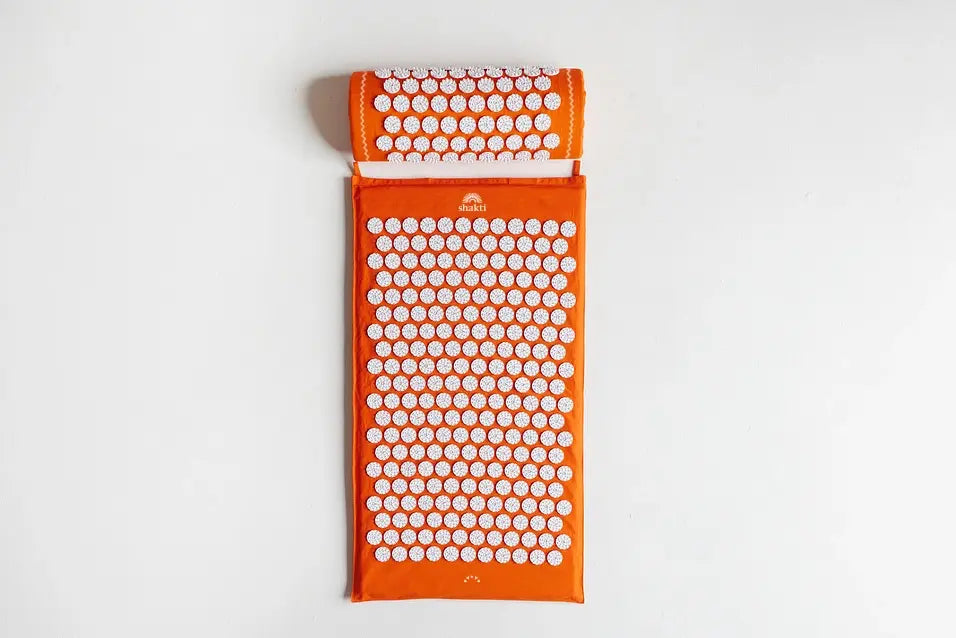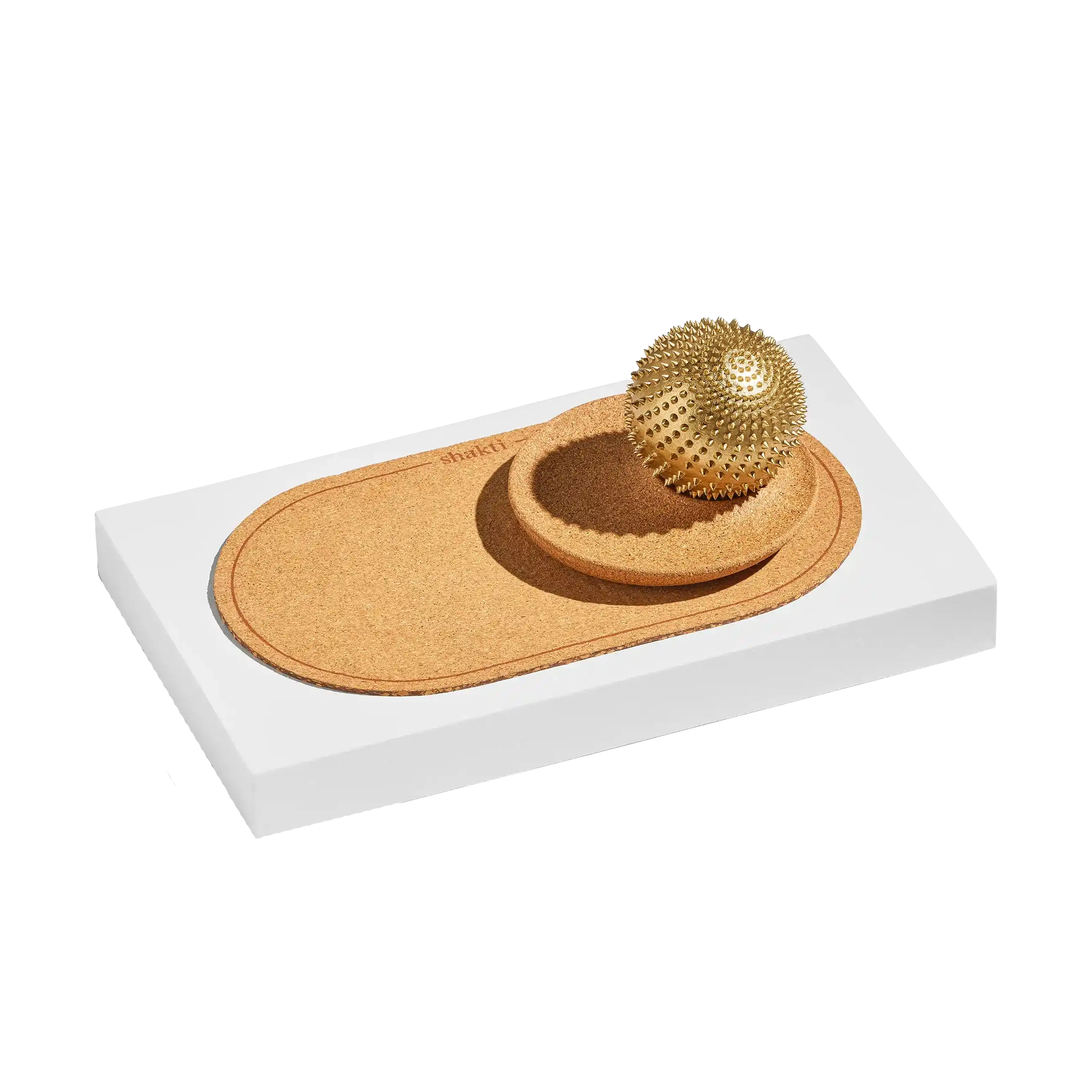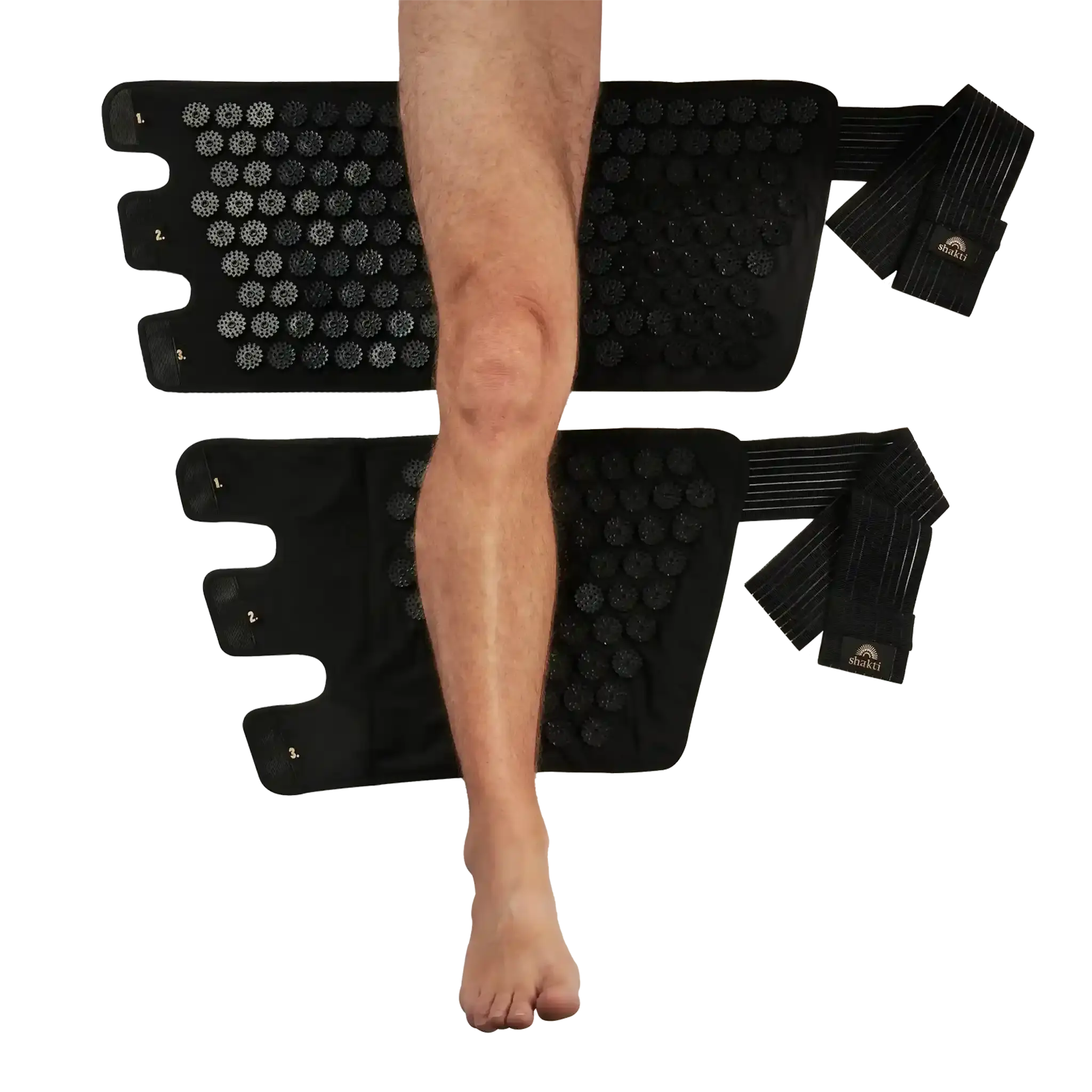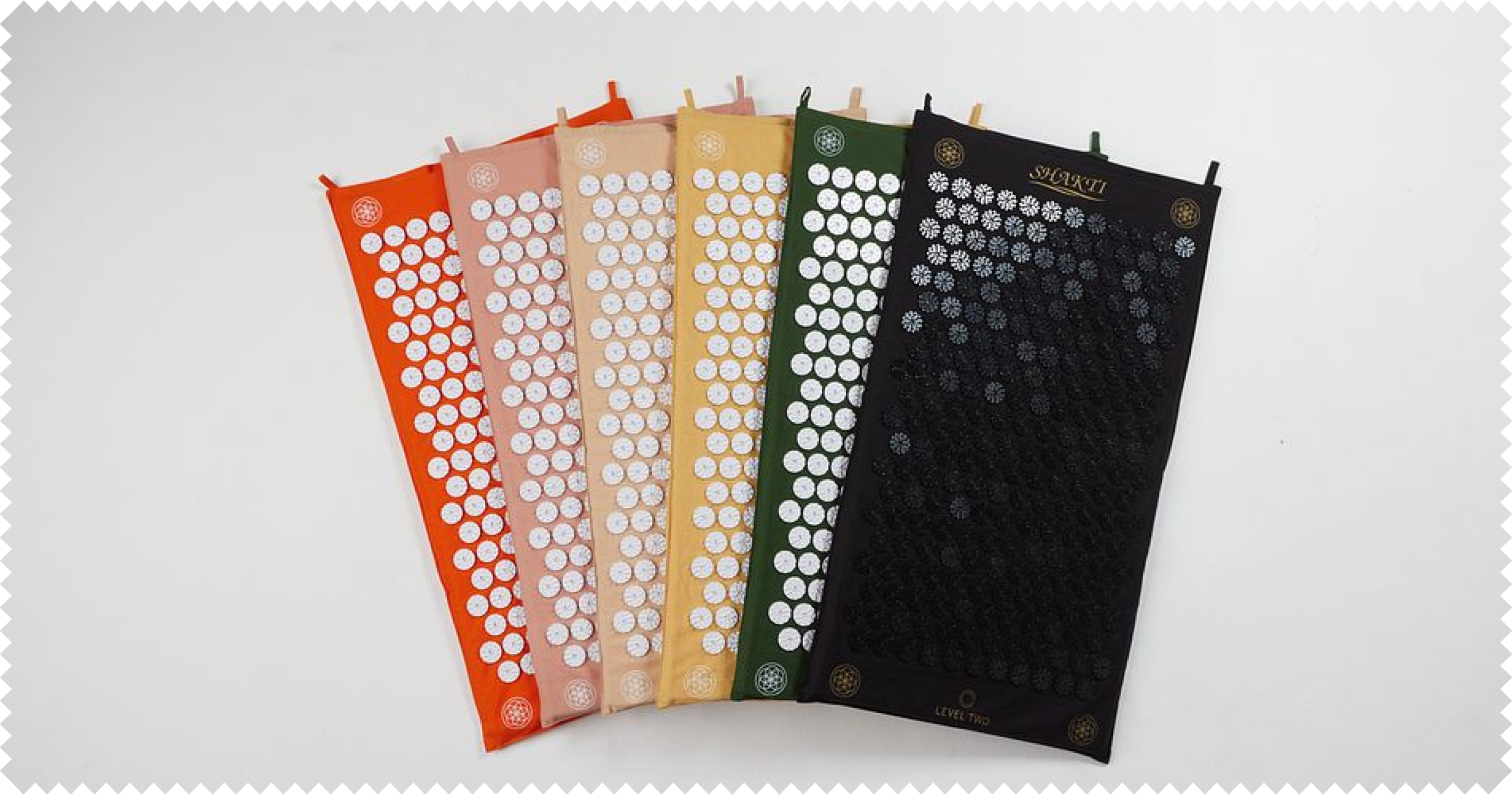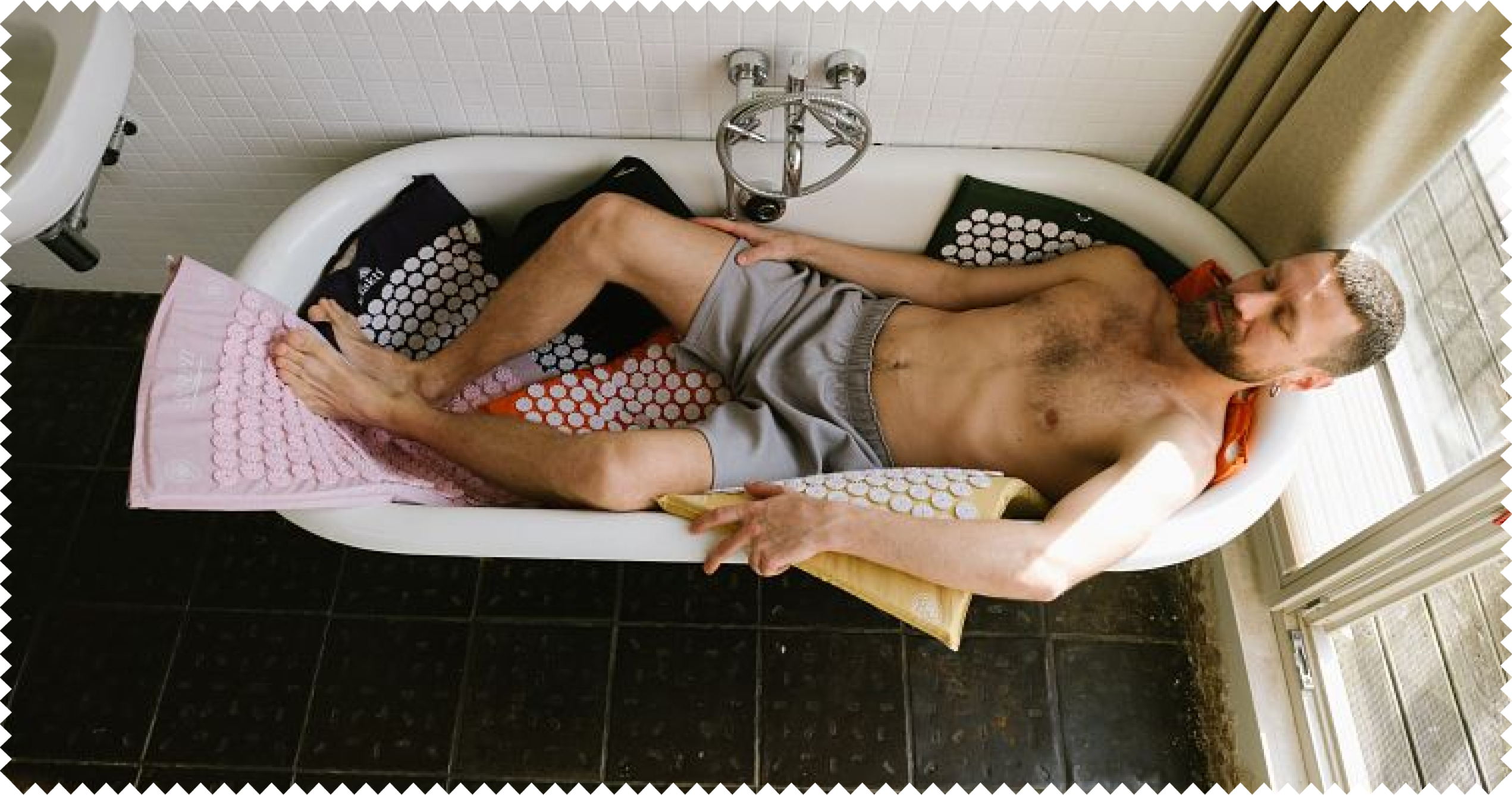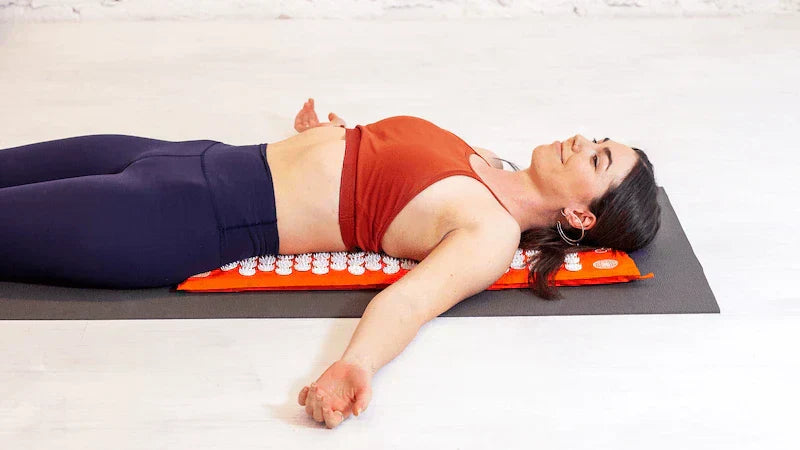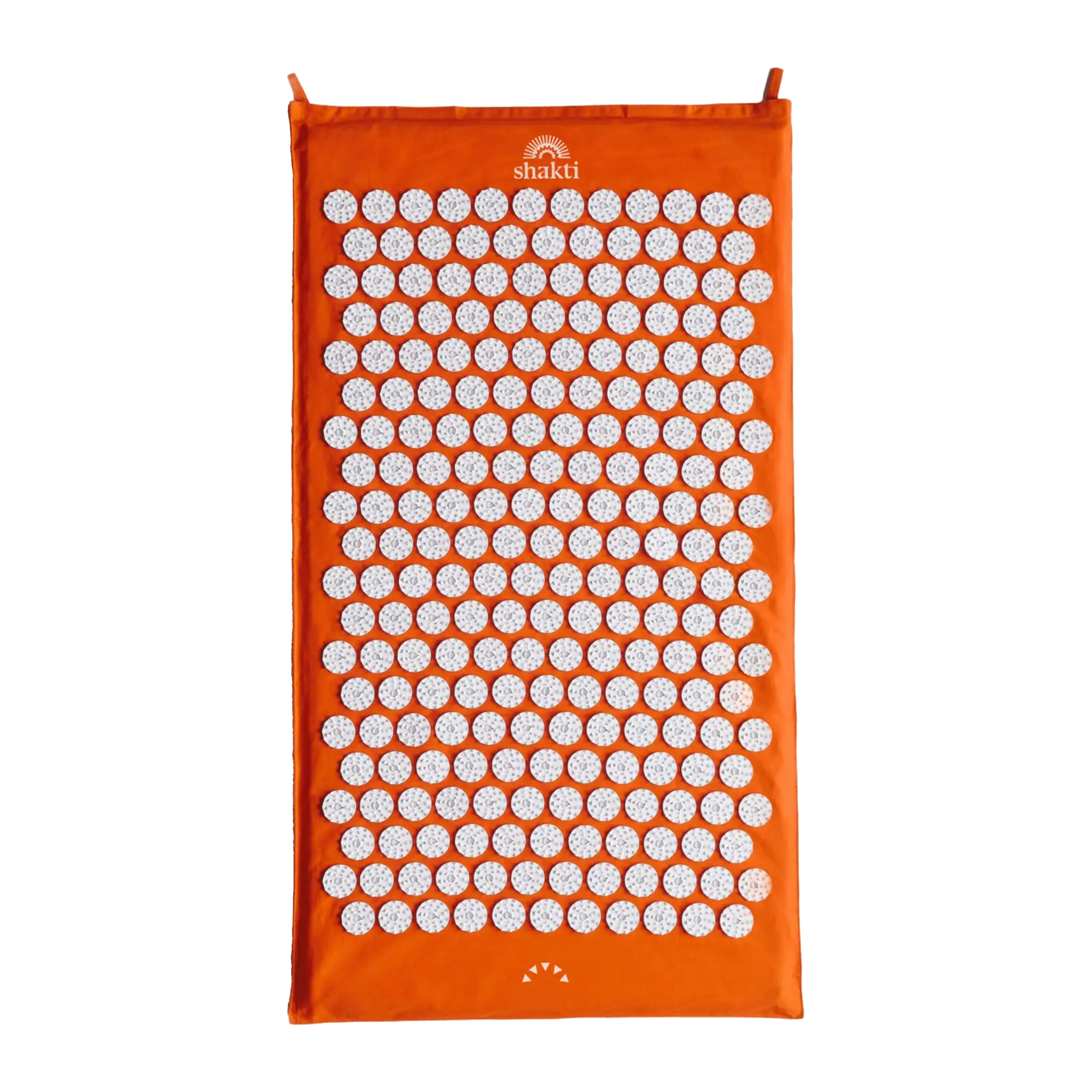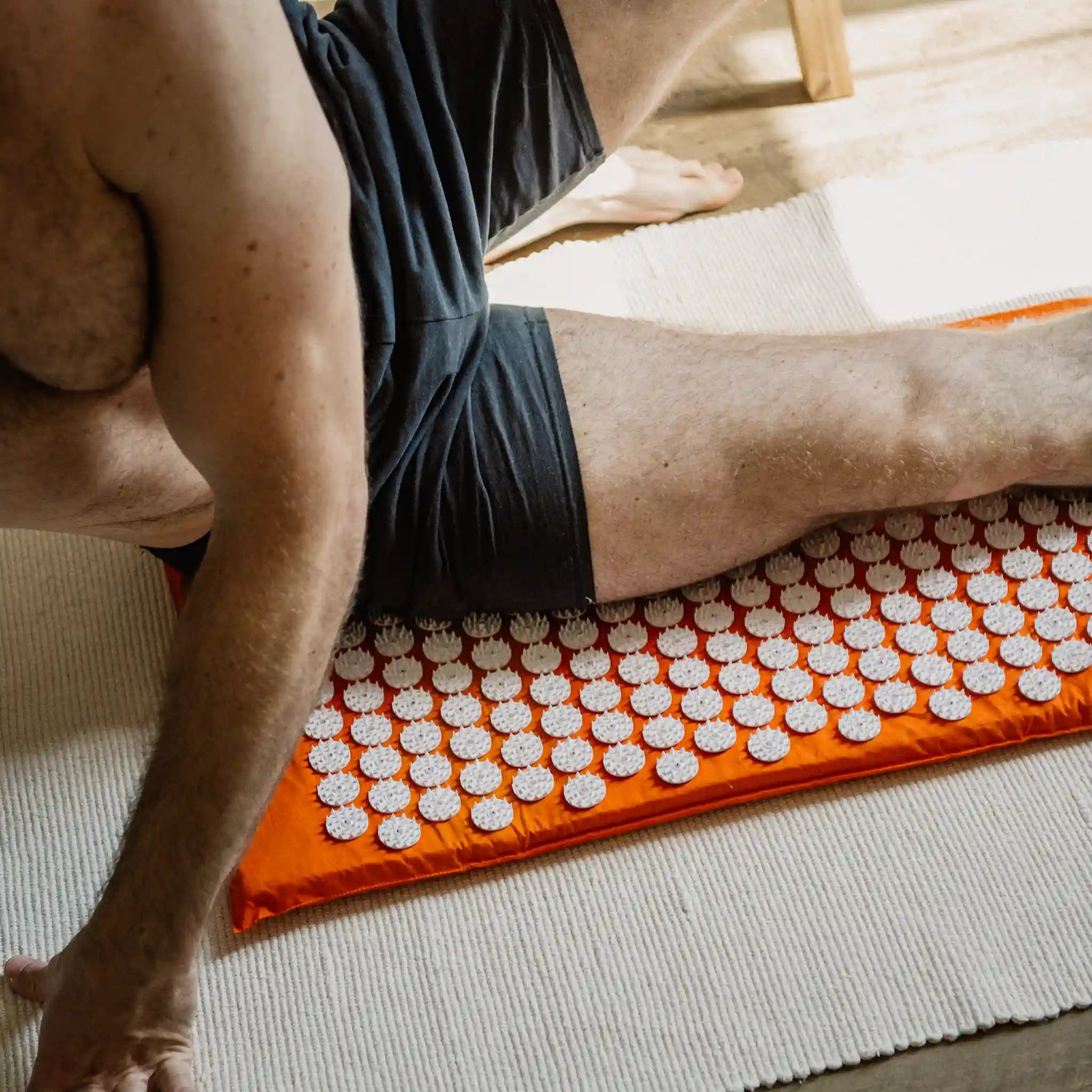- What is lumboischialgia?
- Painful lumboischialgia symptoms
- What are the causes of lumboischialgia?
- What can be done for lumboischialgia?
- Brief digression: How to sleep with lumboischialgia?
- Lumboischialgia treatment with conservative methods
- 5 easy lumboischialgia exercises to loosen & strengthen
- The duration of lumboischialgia can certainly vary
Lumboischialgia - a complicated technical term ... and what is behind it? We would like to show you in detail. Are you familiar with the feeling of stabbing pain that runs from your lower back down into your leg? Or have you already experienced numbness or muscle weakness in your back and legs? If so, then you've come to the right place. Lumboischialgia can have a variety of causes and can have a significant impact on daily life. But don't worry: we'll take a detailed look at the symptoms, causes, diagnosis and treatment options for this condition. Together we will develop a better understanding and, most importantly, find ways to alleviate the symptoms. Let's get started right away!
What is lumboischialgia?
First, of course, we would like to clarify what exactly the condition is. It is made up of two types of pain: pain in the lower back or lumbar spine (lumbalgia) and sciatic pain that radiates from the sciatic nerve to the legs (sciatica). If these two types of pain occur at the same time, this is known as lumboischialgia. And you may already have guessed that this can be very painful. We will find out the exact symptoms in a moment. Before we do, however, we would like to briefly explain the difference between acute and chronic lumboischialgia in more detail.
Acute lumboischialgia occurs suddenly and usually lasts less than six weeks. It can be caused, for example, by sudden lifting of heavy objects or unusual physical exertion. The pain is often intense and can be very disruptive to daily life, but it usually resolves within a few weeks as the trigger of the pain resolves. Chronic lumboischialgia, on the other hand, lasts longer than three months and can be caused by various factors such as recurrent injury, degenerative spinal disease or long-term overuse. A classic risk factor for this is occupations that regularly involve physically demanding work, which can cause persistent back and leg pain to develop over time.
Another important aspect: in this day and age, we spend an average of almost ten hours a day sitting down. This one-sided posture and the lack of movement that usually accompanies it cause the hip flexors to shorten, the pelvis to tilt forward and the lumbar muscles to become overstretched. Tension is the result - and this in turn can also trigger lumboischialgia. The pain can occur periodically or be continuous and usually permanently restricts the quality of life of those affected. The following symptoms should make you prick up your ears:
Painful lumboischialgia symptoms
If you experience the following symptoms, you may have lumboischialgia - but not necessarily. All the symptoms listed here can also indicate other diseases. Just a little hint. Nevertheless, our topic is lumboischialgia and we would therefore like to inform you in detail about possible lumboischialgia symptoms. First of all, a general note: the signs of lumboischialgia are diverse, can vary from person to person and differ in their intensity and duration. It is therefore important to consult a doctor if symptoms persist or are severe in order to receive an appropriate diagnosis and treatment. Here are a few facts for an initial assessment:
-
Back pain: It often starts with pain in the lower back that worsens over time. This pain can be felt as dull, stabbing or burning and can occur along the spine or on one side of the back.
-
Pain in the buttocks and along the sciatic nerve: The pain can spread along the sciatic nerve, which runs from the lower back through the buttocks down to the legs. This can lead to a stabbing or burning pain along the thigh, calf or down into the foot.
-
Numbness and tingling: Affected individuals may experience numbness or tingling in one or both legs, often occurring along the course of the sciatic nerve. This can lead to a feeling of "ant crawling" or reduced sensitivity.
-
Muscle weakness: Muscle weakness in the legs, particularly in the muscles supplied by the sciatic nerve, is also possible. This can lead to difficulties when walking, standing or climbing stairs.
-
Restricted movement: Those affected may be restricted in the movement of their back or legs, particularly when bending, turning or lifting heavy objects.
-
Worsening of symptoms: Symptoms may worsen with certain activities or positions, such as sitting, standing or lying down for long periods of time, lifting heavy objects and coughing, sneezing or straining.
Good to know: The Lasègue test can provide an initial indication.
The Lasègue sign plays an important role in the medical diagnosis of lumboischialgia: you lie flat on your back for the examination and your doctor slowly lifts your outstretched leg. If pain occurs in the leg, buttocks or back from an angle of 45 degrees, this indicates irritation of the sciatic nerve. If the tip of the foot is then stretched towards the shin, the pain usually increases. This additional test is known as the Bragard sign.
What are the causes of lumboischialgia?
A comprehensive examination by a doctor or physiotherapist can help to identify the exact cause of the lumboischialgia and initiate targeted treatment measures, such as physiotherapy, muscle stretching or strengthening exercises. We will go into this in more detail later. For now, however, we would like to give you a brief overview of possible triggers so that you can better assess your situation:
-
Herniated disc: A herniated disc occurs when the soft core of a disc leaks between the vertebrae and exerts pressure on the surrounding nerve roots. This can lead to pain in the lower back that radiates down the leg.
-
Degenerative changes: Degenerative conditions such as spondylosis or disc degeneration can lead to narrowing of the spinal canal or spondylolisthesis, which in turn can cause nerve compression and pain.
-
Muscular problems: Tension or cramps in the back muscles can exert pressure on the nerve roots and cause pain. This can be caused by excessive strain, incorrect posture or lack of exercise. The classics here are certainly sitting for (too) long without sufficient movement compensation as well as (too) heavy and incorrect lifting.
-
Poor posture and muscular imbalances: Uneven strain on the back muscles due to poor posture or muscular imbalances can lead to overloading of certain muscles and thus cause pain. This type of weakness or dysfunction is particularly common in the stabilizing muscles of the trunk, for example the abdominal muscles or the back extensors. Again, this is usually caused by sitting too long or slouching and a lack of exercise.
What can be done for lumboischialgia?
The following first aid measures can alleviate acute pain. The first thing to do is to rest. Avoid activities that could aggravate the pain and lie down to take the pressure off your back. A cooling compress or ice pack on the painful area can also reduce inflammation and therefore pain. Wrap the ice in a cloth to avoid direct contact with the skin and leave it on the affected area for around 15-20 minutes. If the pain is very severe, over-the-counter painkillers can also help to alleviate the discomfort. However, please read the package leaflet before taking them and observe the recommended dosage.
In the second step, light movement or gentle stretching exercises can loosen the muscles and promote blood circulation. However, it is important to avoid excessive strain or movements that could aggravate the pain. When sitting or lying down, you can use ergonomic aids such as orthopaedic Pillow or chairs to support a healthy posture and relieve the strain on your back. If your muscles are very hard, i.e. extremely tight and tense, warm compresses or a warm bath can help to relax them and relieve the pain. Caution: If there is inflammation, however, you should avoid heat. In general, it is also important to note that these first aid measures only provide temporary relief and are not a long-term solution. If symptoms persist or are severe, it is therefore advisable to consult a doctor. They will be able to make an accurate diagnosis and prescribe appropriate treatment.
Brief digression: How to sleep with lumboischialgia?
We have already briefly mentioned that sleeping with lumboischialgia can be a real challenge under certain circumstances. That's why we have a few tips for you: try to sleep in a position that relieves pressure on your back and reduces pressure on the sciatic nerve. For example, if you lie on your side and position a Pillow between your knees, your spine will be optimally aligned. Alternatively, you can also sleep on your back and place a small Pillow under your knees to relieve pressure on your lower back. A medium-firm mattress can also help to support the back and promote a healthy sleeping position. A mattress that is too soft, on the other hand, may not provide enough back support and may make your pain worse. Therefore, choose a mattress that offers enough firmness to support the spine but is also comfortable enough.
A rather thin orthopaedic Pillow under the head can also help to keep the spine in a neutral position and thus reduce the pressure on the sciatic nerve. So much for the "hardware". You can also set your body up for restful sleep with little effort. Before going to bed, relaxation techniques such as gentle stretching, breathing exercises or meditation can loosen the muscles and reduce stress, which can lead to a better quality of sleep. A warm shower or bath before going to bed could also help you relax your muscles. And don't forget: Regular exercise and gentle training support your muscles and make them fit for everyday life. Our tip: It's best to try out all the suggestions listed above and different sleeping positions. This is the only way to really find out what works best for you and gives you a restful night's sleep.
Lumboischialgia treatment with conservative methods
Lumboischialgia pain therapy includes various treatment approaches aimed at relieving pain in the lumbar spine and sciatic nerve area. These conservative measures should be carried out under medical guidance and can be adapted according to the patient's individual needs and symptoms. In some cases, a combination of several treatment methods may be necessary to achieve optimal results. Important: Surgery is only an option once all these conservative methods have been exhausted, which is why we will not go into detail here. Let's take a closer look at the conservative treatment methods:
-
Pain medication: Taking pain medication can help to reduce inflammation and relieve pain. These can be over-the-counter medications, but they should be taken over a longer period of time and therefore under medical supervision.
-
Manual therapy: Massage and manual therapies also relieve muscle tension, improve circulation and increase spinal flexibility. A trained therapist can use targeted techniques to relieve your symptoms and promote your recovery. With an acupressure mat, you can even easily massage your back yourself. Simply place it on the numerous spikes and the relaxation begins. Our tip: For beginners mats with lots of spikes are suitable, Advanced users can relax on fewer tips.
-
Physiotherapy: Targeted exercises help to strengthen muscles, improve flexibility and promote mobility of the spine. A physiotherapist can put together individual exercise programs that are tailored to the patient's needs and symptoms. Our tip: We have put together a few suitable exercises for you in the next section.
-
Heat or cold: Applying heat or cold packs to the affected area can relieve muscle tension or reduce inflammation. Warm showers, warm compresses or ice packs are particularly suitable for this.
-
Acupuncture or acupressure: The traditional Chinese treatment method of acupuncture can help relieve pain in some patients by improving circulation, relieving tension and stimulating the body to release endorphins. Those who are not so keen on needles can try acupressure instead, for example with the help of an acupressure mat. The many points also stimulate blood circulation and relax the muscles.
-
Ergonomic adjustments: Although this point does not fall directly under "conservative treatment", it can help with pain relief - and that's why we don't want to withhold it from you. An ergonomic workplace design and the use of aids (e.g. orthopaedic Pillow or chairs) can also promote a healthy posture and reduce the strain on the spine.
5 easy lumboischialgia exercises to loosen & strengthen
We have already learned that in many cases the disease is triggered by muscular problems. This is where we can make a very good start. Specific exercises to loosen and strengthen the muscles usually help us to alleviate symptoms and support recovery quickly and, above all, sustainably. Here are some examples that you can easily integrate into your everyday life. Our tip: Do the exercises regularly so that you feel a quick improvement and it lasts effectively. Make sure you do them slowly and in a controlled manner and listen carefully to your body. As soon as you feel pain, you should stop the exercise and consult a doctor or physiotherapist.
-
Pull your knees to your chestLie on your back and alternately pull one or both knees towards your chest. Hold the position for about 20-30 seconds and then switch sides. This exercise stretches the lower back and gluteal muscles.
-
Cat-camel stretchGet on all fours and alternate between a hollow back position (cat) and an arched back position (camel). Move slowly and in a controlled manner and repeat the movement several times. This loosens the spine and strengthens the abdominal and back muscles.
-
Pelvic liftLie on your back, bend your knees and place your feet flat on the floor. Now slowly raise your pelvis until your body forms a straight line. Hold this position briefly and then lower your pelvis again just as slowly. This exercise strengthens the gluteal muscles and the lower back.
-
Side leg raiseLie on your side and support your head with your lower arm. Now slowly lift your upper leg upwards and then lower it again in a controlled manner. Repeat this several times on each side to strengthen your lateral hip muscles.
-
Forearm supportLie on your stomach and lift your body off the floor by supporting yourself on your forearms. Hold this position for 20-30 seconds, then slowly come back down to the floor and repeat the movement several times. This exercise strengthens the core muscles and improves the stability of the spine.
Extra tip: After the exercises, you can do another round on the acupressure mat to further relax your muscles. Enjoy the comforting warmth created by the acupressure with numerous tips on your back and feel the deep relaxation of your muscles.
The duration of lumboischialgia can certainly vary
Finally, let's address the important question: when should the pain start to improve? Unfortunately, there is no general answer to this question, which is why we need to expand a little. The duration of lumboischialgia can vary from person to person and depends on a number of factors, including the cause, the severity of the symptoms and the type of treatment. In some cases, acute lumboischialgia can heal within a few weeks or months, especially if it is treated conservatively and there are no serious structural problems.
However, lumboischialgia can also become chronic and require longer-term treatment, especially if it is caused by degenerative changes in the spine or other chronic conditions. In such cases, recovery can take months or even years and obviously requires long-term medical treatment, including physical therapy, pain management and possibly injections or surgery. As you can see, it is important to receive appropriate treatment and follow the recommendations of your doctor or physiotherapist to facilitate your return to an active lifestyle. So if you don't notice any improvement after a short period of time with self-implemented measures such as rest, massage, exercises or orthopaedic aids, then you should consult a doctor. In any case, we wish you a speedy and lasting recovery!


